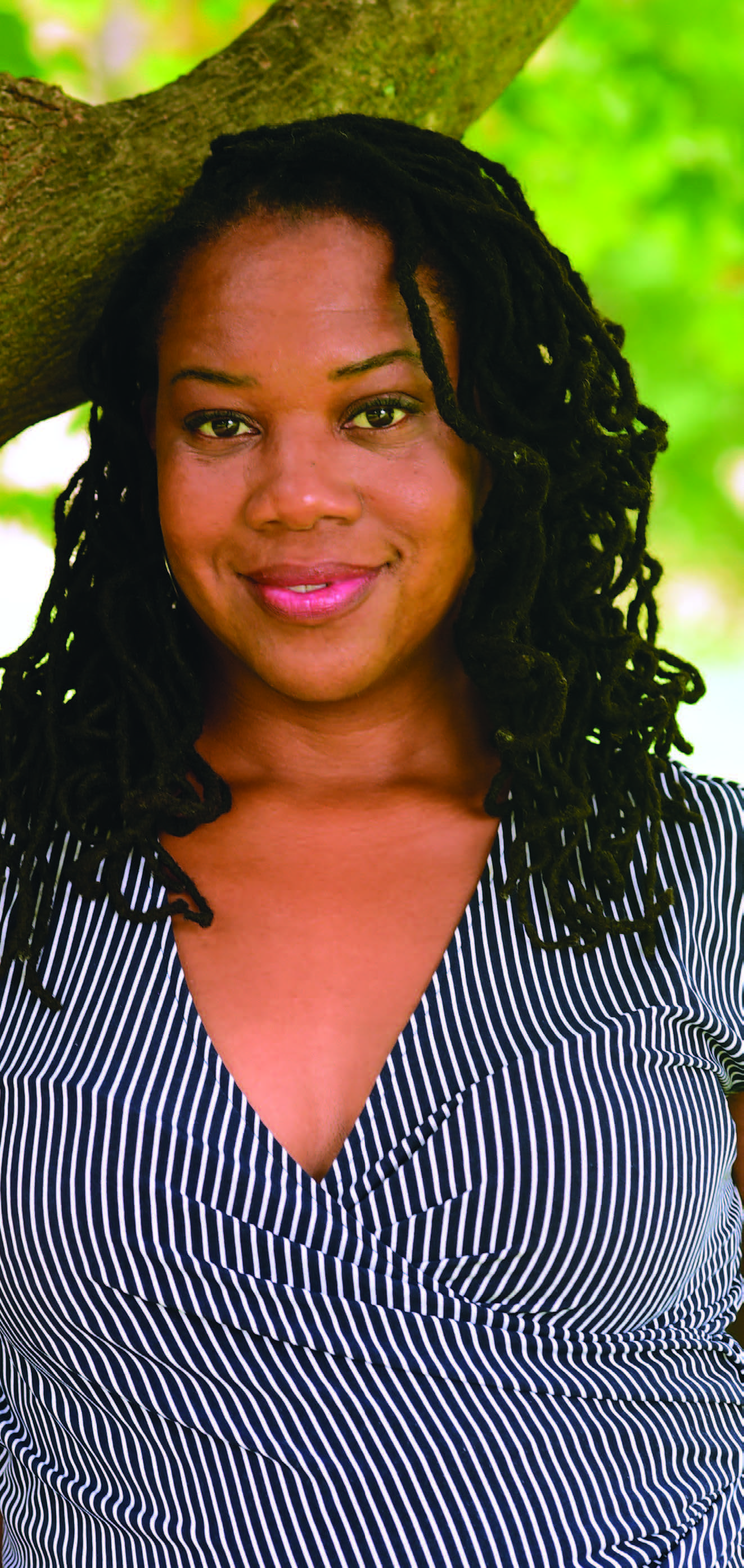
 Rona Frederick, associate professor of education, describes herself as “an ongoing learner.” She is the author of Navigating School Selection 101: A Guide for African American Parents, and she serves as a coordinator of the D.C. Education Policy and Fellowship Program, helping educators think about equity and policy.
Rona Frederick, associate professor of education, describes herself as “an ongoing learner.” She is the author of Navigating School Selection 101: A Guide for African American Parents, and she serves as a coordinator of the D.C. Education Policy and Fellowship Program, helping educators think about equity and policy.
Where does your interest in education come from?
As a child, I attended independent schools in Washington, D.C., and did not see myself in the curriculum. I didn’t see myself when I looked at books, and I didn’t hear about my culture. That led me to ask, “Why is there so much inequity?” Though I wasn’t using the word inequity back then, I had that analysis at a very young age. I wondered why for some students, schooling is like being a fish in water, while others are almost observers in a space. That led me to conduct research on best practices in teaching and ultimately to do the work that I do now.
What do you most enjoy about coordinating the Education Studies Program?
I’m passionate about supporting students who want to be in education, but who may not necessarily want to be in the classroom — they might want to work in policy, become lawyers, etc. When the Educational Studies program was started, it had a heavy counseling focus. Because I have an interest in policy, leadership, and other fields, I have broadened the scope of the program. For example, I have a student who is, in essence, a museum educator with an interest in animal science. Her dream job is to work at the National Zoo, and we’re putting together a program that supports what she cares about with regard to museum education. I have another student who is interested in creating children’s television shows, and through the program I am supporting her along that path.
What is one of your favorite classes to teach?
Race, Class, Gender, and Disability in Education is a favorite. We all have multiple identities across race, class, gender, religion, and so on. I help students think about those multiple identities, including understanding their own assumptions as they work with students, and how they can and should question those assumptions. In this class we work on many different exercises. One is watching a cable TV show called “Little Fires Everywhere,” which goes deep into the experiences of two different families. I have my students apply specific examples of theory to the show, and they generate their own conversations about what all this means in their own lives, in addition to the lives of the characters. The students have said that they really enjoy this approach.
What do you wish more teachers knew?
As a teacher, the heart of the work that we do is active caring for our students — no matter their age. It’s personal work that, to make a real difference, first requires reaching students through building relationships and making real connections with them individually. It’s a matter of honoring students’ lives and culture, and continually doing the work needed to learn and understand what makes each student unique. When teachers connect with students, they operate from a space of love in a way that students can feel it. It is only then — with trust, safety, care, and love at the center of practice — when teaching can occur.
— G.V.